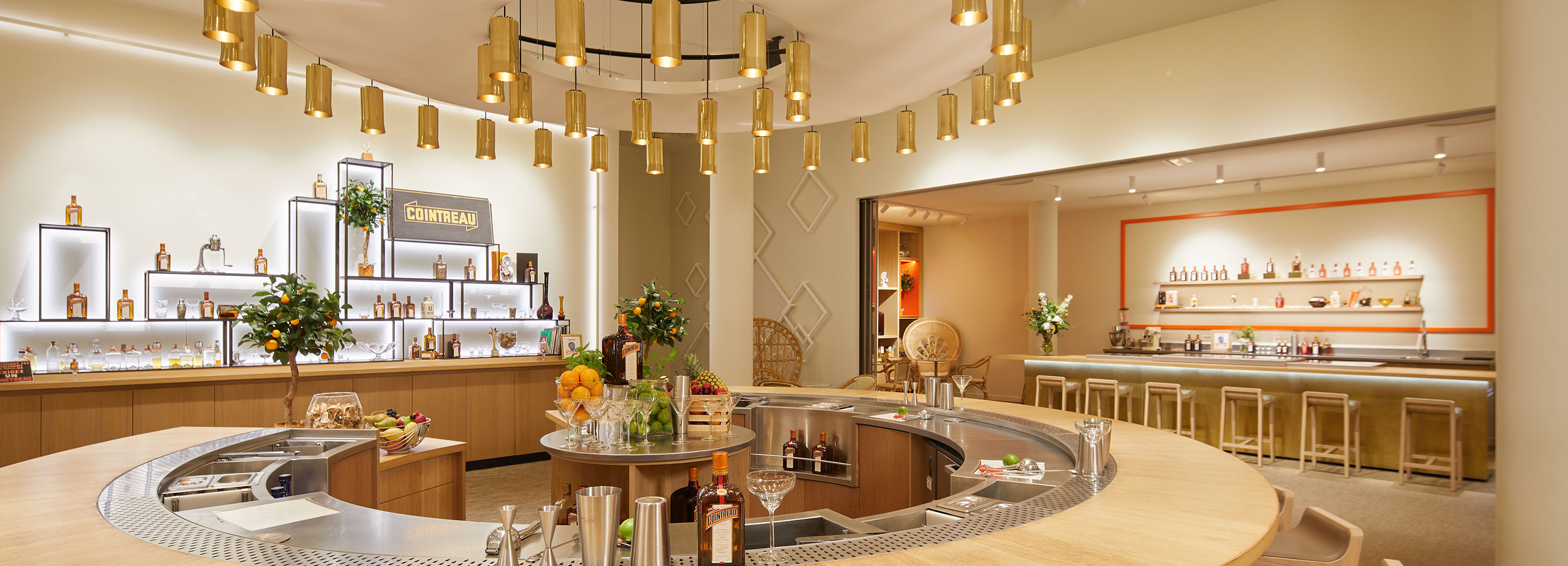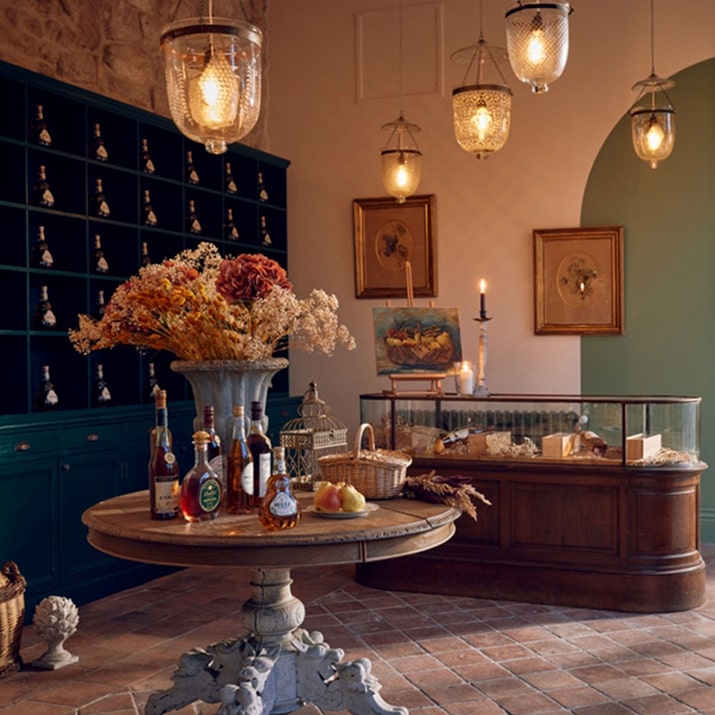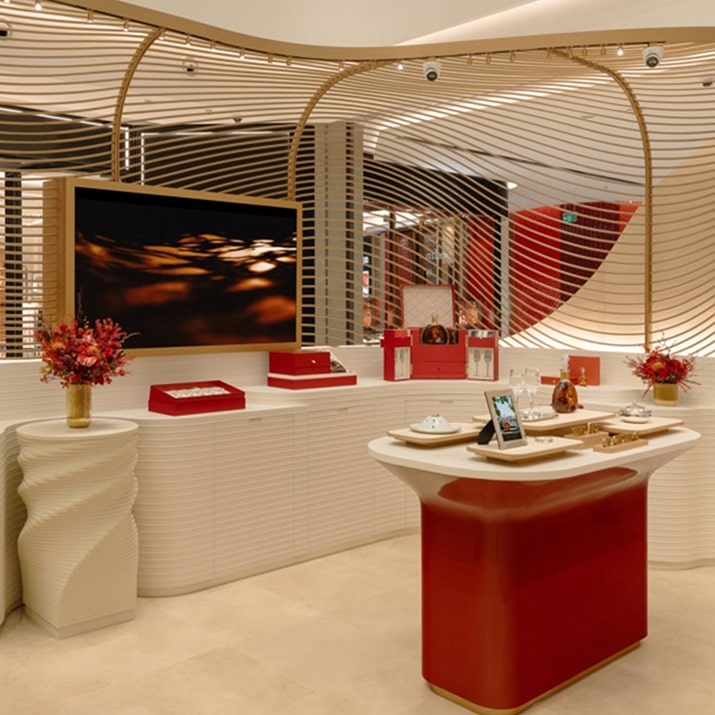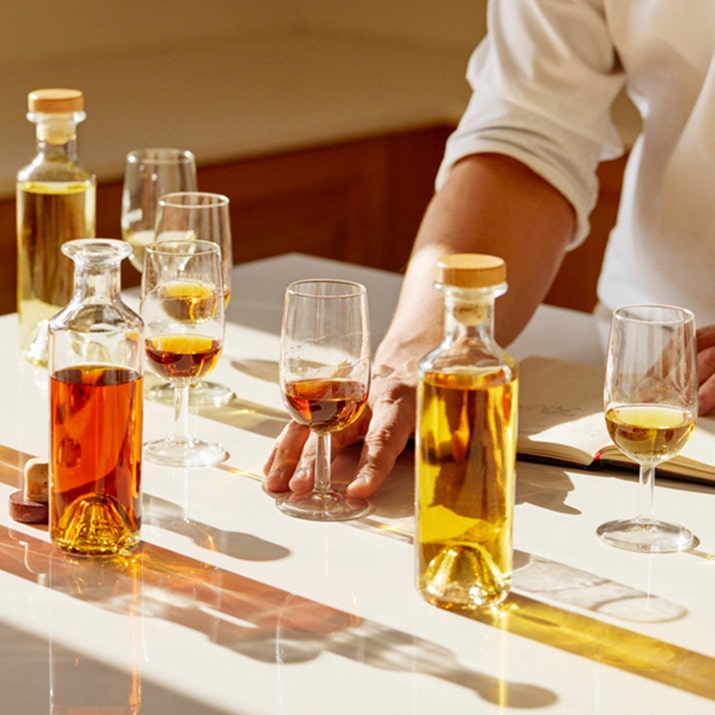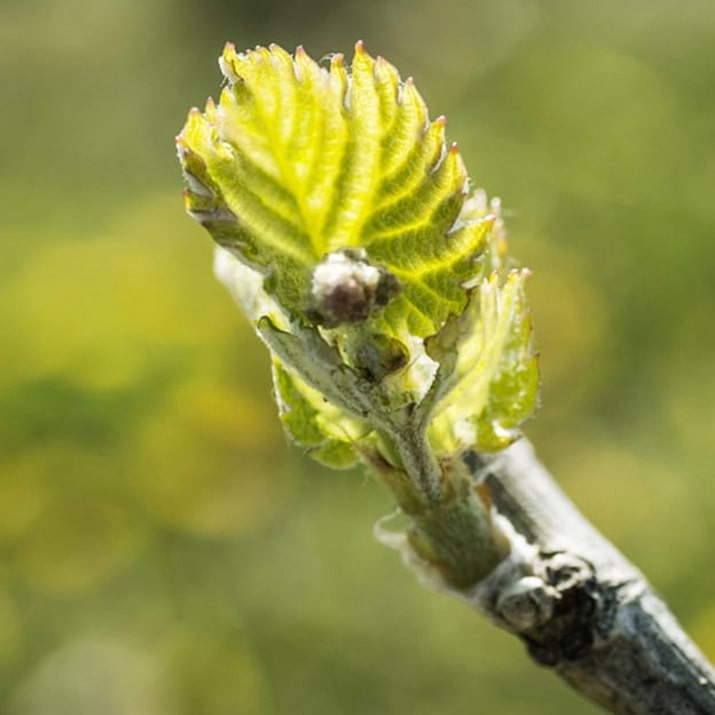An unwavering ambition: becoming the global leader in exceptional spirits
One of the things that characterise the spirits market is the sheer number of both international and local brands, in what is a highly competitive environment. With this in mind, Rémy Cointreau has been pursuing a value creation strategy for many years. The aim is to develop its high-end brands in the upmarket segment of the global market, which holds considerable growth and earnings potential.
Over the past 15 years, this has led the Group to sell brands or other assets that did not fit in with this value creation strategy and to take full control of our distribution channels
in key markets (exit from Maxxium in April 2009).
Since 2015, the Group has been accelerating its strategy of moving upmarket so as to set its brands apart and emphasise its uniqueness: ultimately, the Group wants to become the world leader in exceptional spirits.
A new step in our value strategy
The transformation of the Rémy Cointreau group’s business model initiated in 2015 (accelerating the strategy to move its brand portfolio upmarket and implementing a culture centred on the end-customer) has clearly paid off. Between 2015 and 2019, the Group posted average annual organic sales growth of 7% and its current operating margin rose by 4.4 points.
In December 2019, the Group embarked on a new phase of its value creation strategy, which consists in optimising its portfolio strategy to build a more sustainable, profitable and responsible business model. The Group has registered gross margin growth of 2.8 points since 2019-2020 reaching 70.6%.
Such a deep transformation takes time, which is why the Group adopted a long-term approach and plans its raw material purchases for some of its brands, such as its cognac Rémy Martin XO.
An ambitious and responsible medium-term strategy
The Group has set 5 transformation targets for 2030:
- a new business model for the LOUIS XIII brand, with a significant ramp-up in direct sales, breaking with industry conventions;
- a greater proportion of “intermediate” quality grades (1738 Accord Royal, CLUB) and of XO quality grade at Rémy Martin;
- a greater contribution from the Liqueurs and Spirits division to total sales and a marked improvement in the division’s margins;
- superior pricing for all brands, matching the product’s quality in their respective categories;
- the expansion of digital sales to 20% of total sales.
2025-2026 outlook
Rémy Cointreau expects sales to return to mid-single-digit growth on an organic basis, driven primarily by a strong technical rebound in sales to the United States starting in the first quarter.
Due to expected phasing effects in the APAC (mainly China) and the Americas (United States) regions, the Group anticipates a return to organic growth in the second half of the year.
Excluding any increase in customs duties in China and the United States, the Group expects organic growth in Current Operating Profit (COP) in the high single-digit to low double-digit range.
The Group could use its action plans to offset up to 35% of this impact in 2025 – 2026 thus holding the maximum net impact to €65 million (€40M in China and €25M in the United States). Under this scenario, the Group would expect an organic decline in COP in the mid-teen to high-teen range.
In a particularly volatile environment and based on its current scenario, the Group anticipates the following adverse currency effects full year:
- on Sales: between −€30 and −€35 million;
- on Current Operating Profit: between −€10 and −€15 million.

